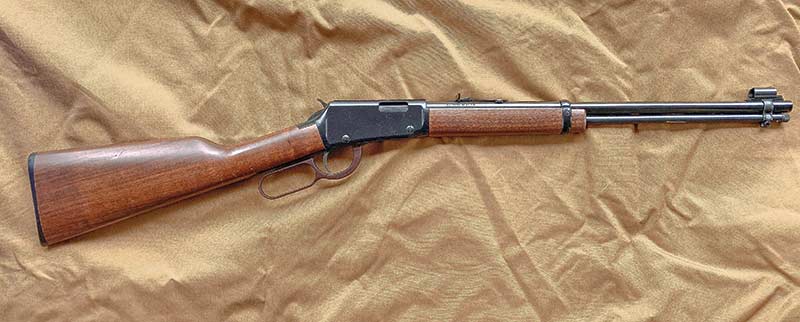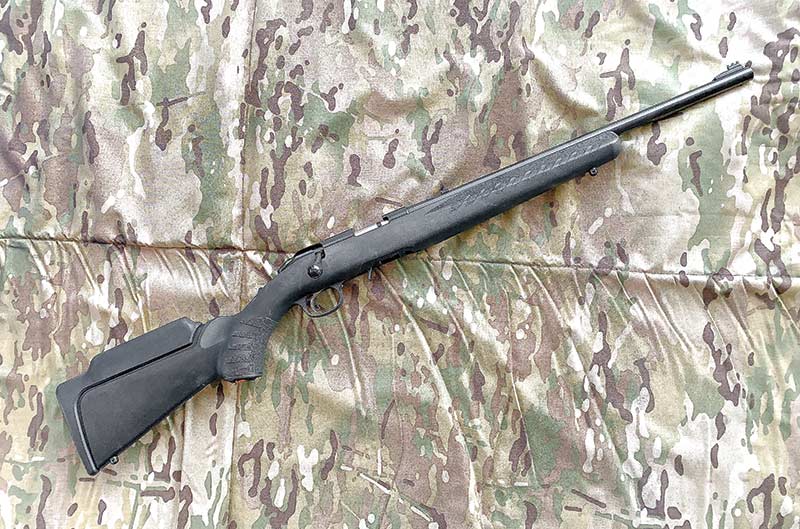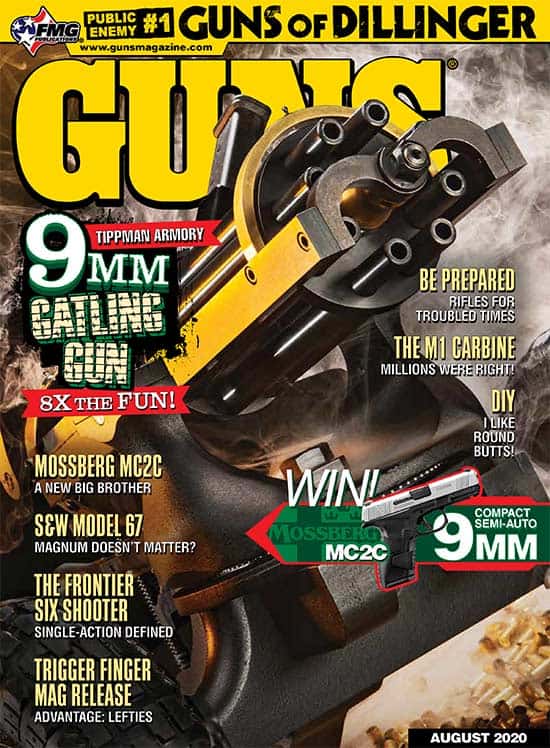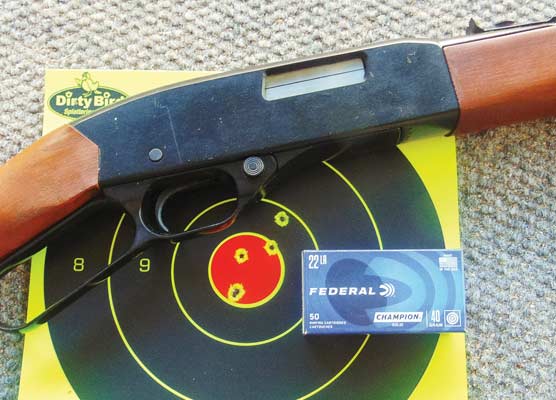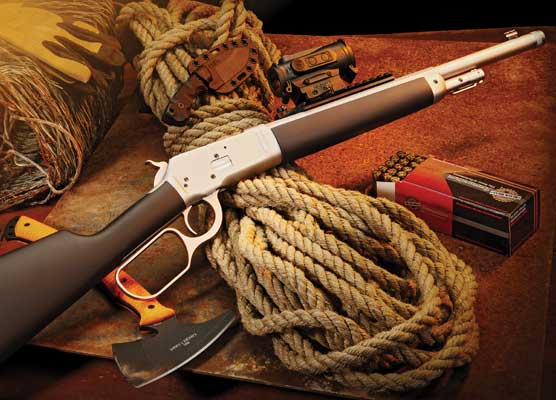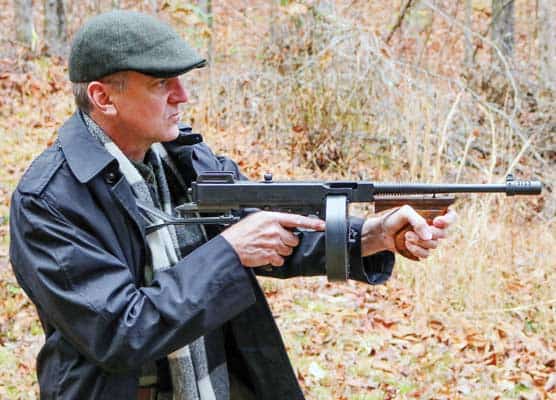Sub-caliber Trainers
Bigger isn’t always better on the range
Like most of us, my introduction to shooting was with a .22 rifle. Mine was a single shot Winchester Model 60A my grandfather gave to my father, who gave it to me. I passed it down to my son, who gave it to his. When he’s ready, it will likely be passed down to my great-grandson bringing us to six generations with the old Winchester.
I don’t love guns, considering them tools. But I really, really like them a lot. Picking a favorite would be hard, but if I had to choose a pet cartridge it would be the .22 Long Rifle.
For just plain fun it can’t be beat, counting how many times you can skip a can. It will take many kinds of game. The double-deuce is excellent for starting young shooters due to the small recoil and blast it produces.
All of this is fine and good, but I think where the .22 really comes into its own is using it as a subcaliber for larger guns.
Subcaliber Trainers
I’ve had an AR-type .22 rifle since the early 90s before they became popular. No longer made, the upper receiver is an Olympic Arms “Partner” mated to a Stag Arms lower and uses Black Dog Machine magazines. I have it set up like my working guns, including a Streamlight Scout Light, Blue Force Gear sling, forward vertical grip and a red dot sight (RDS).
Having a top-of-the-line nearly-indestructible RDS, such as an Aimpoint, is not necessary for the .22 trainer. I procured a Simmons RDS through Amazon for $35.
Because the Black Dog mags are the same size as a regular AR magazine, I can practice with the same pouches and chest rigs I use for training and “social work.”
Semi-autos are often picky eaters and you should find out what brand of ammo works best in yours. All of mine like the Federal Champion 36-gr. copper-coated hollowpoint. I buy the bulk pack to save even more money, and who doesn’t like to save money?
With most AR-type .22s the bolt won’t lock back when the last round in the magazine is fired so the charging handle needs to be worked with an empty gun reload. Some consider this a disadvantage, but I don’t. Rather I consider it another training opportunity to load when I can and not when I have to, performing tactical reloads or transition to the handgun.
Get Some Leverage
I shoot lever-action rifles quite often and it can get expensive very quickly with cartridges like the .30-30, .357 Magnum, .45 Colt, etc.
My Henry Classic lets me get in meaningful practice at a lower cost and the lessened recoil allows me to focus on technique. While it doesn’t load through a gate on the side like the larger guns, like the AR I don’t find the loading procedure to be a big drawback. I practice levering the rifle as I bring the rifle into my shoulder as I would do if walking along while hunting. For repeat shots, work the action from the shoulder.
Tightening The Bolts
One of my favorite hunting rifles is the bolt-action Ruger American chambered for .450 Bushmaster. The cartridge will take any game in North America up to and including bison. I’ve personally taken large, feral boar hogs with it but buying new ammunition — and even reloading — can be expensive.
To keep in practice for the big gun, I use the Ruger American Rimfire. Besides the obviously shorter bolt throw, the American Rimfire is the spittin’ image of its big brother. The trigger pull is very close, has the same length of pull and even has the same texturing on the pistol grip and forend. Since they both load from a box magazine, even reloads are similar.
Other Considerations
While dry firing will not harm most firearms, avoid dry firing a .22 rimfire. As the name infers, the priming compound is in the rim instead of the center and dry fire may result in a peened chamber, possibly a broken firing pin, or both.
For dry fire Lyman offers .22 snap caps in a package of 24 for around 12 bucks. At only 50 cents apiece it’s a good deal and will protect your firearm. Snap caps are also well suited to ball-and-dummy round practice for immediate action drills.
Add some subcaliber practice into your training repertoire — bigger isn’t always better!

